Home>Storage & Organization>Kitchen Organizing Tools>Why Do Kittens Meow When Using The Litter Box
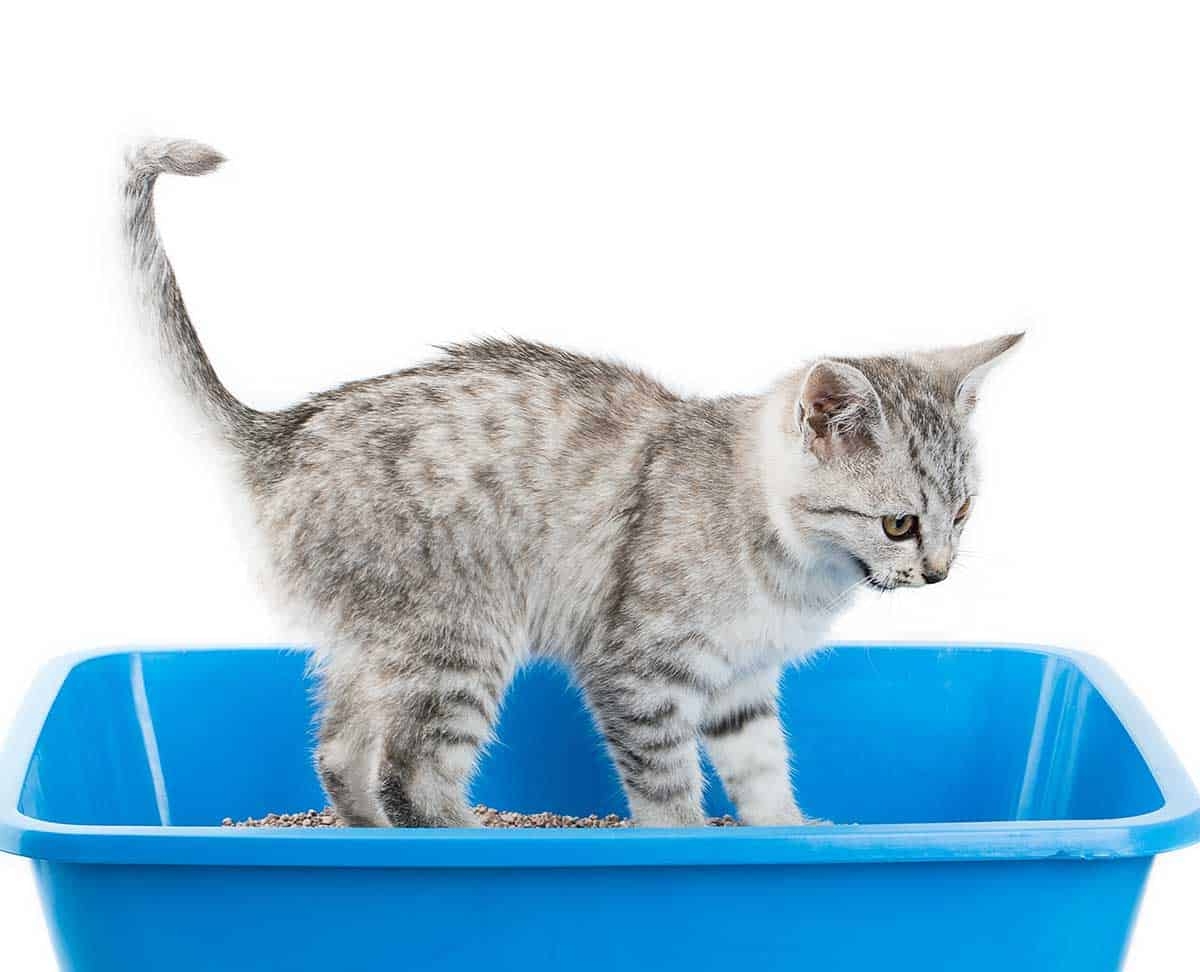

Kitchen Organizing Tools
Why Do Kittens Meow When Using The Litter Box
Modified: February 25, 2024
Discover the best kitchen organizing tools to keep your space tidy and efficient. Find out why kittens meow when using the litter box. Unlock expert tips and advice!
(Many of the links in this article redirect to a specific reviewed product. Your purchase of these products through affiliate links helps to generate commission for Storables.com, at no extra cost. Learn more)
Introduction
Welcoming a new kitten into your home is an exciting and heartwarming experience. As you observe your adorable feline companion exploring their new environment, you may notice various behaviors that pique your curiosity. One such behavior that often captures the attention of kitten owners is the tendency for kittens to meow while using the litter box.
This seemingly peculiar behavior can lead to a myriad of questions and concerns. Why do kittens vocalize while attending to their bathroom needs? Is there a specific reason behind this behavior, or is it simply a quirk of kittenhood? Understanding the motivations behind this behavior can provide valuable insights into your kitten's needs and emotions, ultimately strengthening the bond between you and your furry friend.
In the following sections, we will delve into the fascinating world of kitten behavior and communication, exploring the intricate ways in which these adorable creatures express themselves. By gaining a deeper understanding of the reasons behind their meowing during litter box usage, you will be better equipped to provide a nurturing and supportive environment for your beloved kitten. Let's embark on this enlightening journey to unravel the mysteries of kitten meowing and its connection to the litter box.
Key Takeaways:
- Kittens meow in the litter box to express discomfort, seek attention, and celebrate success. Understanding their meows helps create a supportive and nurturing environment for our furry friends.
- Creating a calm environment, offering positive reinforcement, and providing regular interaction can help address meowing behavior in kittens. By being patient and understanding, we can strengthen our bond with our feline companions.
Read more: When Do Kittens Use A Litter Box?
Understanding Kitten Behavior
Understanding the behavior of kittens is a captivating endeavor that unveils the intricate nuances of their communication and emotional expression. As young and inquisitive creatures, kittens navigate the world with a blend of curiosity and vulnerability, relying on their instincts and sensory perceptions to make sense of their surroundings. Their behavior is a reflection of their evolving understanding of the environment, their emotional state, and their attempts to communicate their needs and desires.
Kittens, like their adult counterparts, exhibit a wide range of behaviors that serve as their primary means of communication. From playful antics to affectionate gestures, each action conveys a specific message that resonates with their human companions. When it comes to understanding kitten behavior, it is essential to recognize that their actions are not arbitrary; rather, they are purposeful and laden with significance.
In the context of using the litter box, kittens may display a spectrum of behaviors that reflect their unique personalities and emotional states. Some kittens may approach the litter box with confidence and ease, while others may exhibit signs of hesitation or anxiety. These behaviors are indicative of the kitten's comfort level with the litter box environment and their overall emotional well-being.
By observing and interpreting these behaviors, kitten owners can gain valuable insights into their furry friend's state of mind and address any potential concerns or discomfort. Understanding kitten behavior is a dynamic process that requires patience, empathy, and a keen eye for subtle cues. It is through this understanding that kitten owners can foster a supportive and nurturing environment that promotes their kitten's well-being and emotional security.
As we delve deeper into the realm of kitten behavior, we will unravel the intricate ways in which kittens communicate their needs and emotions, shedding light on the enigmatic world of feline behavior and the profound connections that bind humans and their beloved furry companions.
Communication Through Meowing
Meowing is a fundamental mode of communication for kittens, serving as a versatile tool for expressing a myriad of emotions, needs, and desires. From the moment they enter the world, kittens instinctively utilize their vocalizations to convey messages to their mother, siblings, and human caregivers. The subtle nuances and variations in their meows carry a wealth of information, providing valuable insights into their emotional state and immediate requirements.
When it comes to using the litter box, meowing takes on a unique significance. Kittens may vocalize while in the litter box to communicate a range of messages. One common reason for meowing during litter box usage is the expression of discomfort or anxiety. If a kitten feels uneasy or apprehensive about using the litter box, they may vocalize their distress as a means of seeking reassurance or expressing their discomfort. This behavior serves as a poignant reminder of the vulnerability and sensitivity inherent in young kittens as they navigate the unfamiliar terrain of litter box training.
Additionally, meowing during litter box usage can also signify a need for attention or assistance. Kittens may meow to attract the attention of their human caregivers, signaling a desire for companionship or guidance. This form of communication underscores the deep emotional bond between kittens and their human companions, highlighting the innate need for connection and support during vulnerable moments such as using the litter box.
Furthermore, meowing in the litter box can also serve as an expression of satisfaction or contentment. After successfully using the litter box, kittens may emit soft, melodic meows as a way of communicating their sense of accomplishment and well-being. This positive form of meowing reflects the joy and fulfillment experienced by kittens when they fulfill their natural instincts in a safe and nurturing environment.
In essence, meowing during litter box usage is a multifaceted form of communication that encapsulates the rich tapestry of emotions and needs expressed by kittens. By attuning themselves to the nuances of their kitten's meows, caregivers can forge a deeper understanding of their furry companion's inner world, fostering a harmonious and supportive relationship built on empathy, communication, and mutual trust.
The Litter Box Connection
The litter box serves as a pivotal element in a kitten's daily routine, embodying far more significance than a mere bathroom fixture. It represents a sanctuary where kittens fulfill their natural instincts, seek comfort, and communicate their needs through subtle behaviors and vocalizations. The litter box connection transcends the physical act of elimination, encompassing a profound interplay of emotions, instincts, and the nurturing bond between kittens and their human caregivers.
For kittens, the litter box is a sanctuary of security and familiarity, providing a designated space where they can engage in one of their most fundamental behaviors. It serves as a vital component of their environmental enrichment, offering a safe and hygienic area for them to fulfill their natural instincts. The presence of a well-maintained litter box fosters a sense of stability and routine for kittens, contributing to their emotional well-being and overall comfort within their living environment.
Moreover, the litter box connection extends beyond the physical space, encompassing the emotional dynamics between kittens and their human caregivers. Through the act of using the litter box, kittens communicate their needs, emotions, and vulnerabilities, inviting their caregivers to provide support, reassurance, and guidance. The litter box becomes a stage for the subtle interplay of communication, where kittens express their concerns, seek companionship, and celebrate their accomplishments through a symphony of behaviors and vocalizations.
In the context of meowing during litter box usage, the litter box connection takes on a poignant significance. The act of meowing while attending to their bathroom needs reflects the intricate web of emotions and needs that kittens convey within the confines of the litter box. It serves as a poignant reminder of the vulnerability and sensitivity inherent in young kittens as they navigate the unfamiliar terrain of litter box training, inviting their caregivers to provide understanding and support during these formative experiences.
The litter box connection encapsulates the profound interplay of physical, emotional, and communicative elements that define the relationship between kittens and their litter box. By recognizing the multifaceted significance of the litter box in the lives of kittens, caregivers can cultivate a nurturing and supportive environment that honors the innate needs and instincts of their beloved furry companions.
Some kittens meow when using the litter box because they are still learning and may feel vulnerable. To help them feel more secure, place the litter box in a quiet, low-traffic area and provide positive reinforcement when they use it.
Possible Reasons for Meowing
Meowing during litter box usage can stem from a variety of reasons, each offering valuable insights into the emotional and physical state of kittens. Understanding these potential reasons empowers caregivers to respond with empathy and support, nurturing a harmonious relationship with their furry companions.
-
Anxiety and Discomfort: Kittens may meow while using the litter box to express feelings of unease or discomfort. This could be attributed to various factors such as the texture of the litter, the presence of unfamiliar scents, or the presence of other pets in the vicinity. By vocalizing their distress, kittens seek reassurance and comfort from their caregivers, highlighting the importance of creating a tranquil and secure litter box environment.
-
Attention and Companionship: Meowing in the litter box can also signify a need for attention and companionship. Kittens, known for their social nature, may vocalize to seek the presence of their human caregivers during vulnerable moments. This behavior underscores the deep emotional bond between kittens and their human companions, emphasizing the significance of providing emotional support and reassurance during litter box usage.
-
Physical Discomfort: In some instances, meowing during litter box usage may indicate underlying physical discomfort or health issues. Kittens experiencing discomfort during elimination may vocalize their distress, signaling the need for prompt veterinary attention. Caregivers should be attentive to any changes in the kitten's meowing patterns and behavior, promptly addressing any signs of physical discomfort or distress.
-
Territorial Marking: Meowing in the litter box can also serve as a form of territorial marking, especially in multi-cat households. Kittens may vocalize to assert their presence and mark their territory within the litter box environment. This behavior reflects the complex dynamics of feline social behavior and the significance of providing a harmonious and stress-free environment for all resident cats.
-
Positive Reinforcement: On a positive note, meowing after using the litter box can signify a sense of accomplishment and contentment. Kittens may vocalize to express their satisfaction, seeking acknowledgment and positive reinforcement from their caregivers. This behavior underscores the importance of celebrating and acknowledging the successful use of the litter box, reinforcing positive litter box habits in kittens.
By recognizing these potential reasons for meowing during litter box usage, caregivers can cultivate a supportive and empathetic approach to addressing their kitten's needs. Through attentive observation and understanding, caregivers can create a nurturing environment that honors the emotional and physical well-being of their beloved furry companions.
Read more: When To Introduce Kittens To A Litter Box
Addressing Meowing Behavior
Addressing meowing behavior during litter box usage requires a compassionate and proactive approach that prioritizes the emotional well-being and comfort of kittens. By understanding the potential reasons behind meowing and recognizing the significance of this behavior, caregivers can implement strategies to address and alleviate any underlying concerns. Here are some effective approaches to address meowing behavior in kittens:
-
Creating a Calm Environment: Establishing a tranquil and secure environment around the litter box is essential for minimizing anxiety and discomfort in kittens. This involves ensuring that the litter box is placed in a quiet and secluded area, away from high-traffic zones and potential stressors. Additionally, maintaining a consistent litter box routine and using familiar, unscented litter can contribute to a calming environment that promotes a sense of security for kittens.
-
Positive Reinforcement: Encouraging positive litter box behavior through gentle praise and rewards can significantly impact a kitten's confidence and comfort during litter box usage. Caregivers can offer verbal praise, gentle petting, or small treats immediately after the kitten successfully uses the litter box. This positive reinforcement fosters a sense of accomplishment and reassurance, reinforcing positive litter box habits and diminishing potential anxiety-related meowing.
-
Regular Interaction and Support: Engaging in regular interaction and support during litter box usage can alleviate feelings of isolation and vulnerability in kittens. Caregivers can sit near the litter box area and offer quiet reassurance through soothing words and gentle presence. This supportive approach communicates to the kitten that they are not alone, fostering a sense of security and companionship during this vulnerable moment.
-
Monitoring Physical Comfort: Caregivers should remain attentive to any signs of physical discomfort or distress exhibited by the kitten during litter box usage. If the meowing appears to be indicative of physical discomfort, such as straining or vocalizing in pain, prompt veterinary attention is crucial to address any potential health issues that may be contributing to the behavior.
-
Multi-Cat Household Considerations: In multi-cat households, it is essential to create a harmonious and stress-free environment around the litter box. Providing multiple litter boxes in different locations can help alleviate potential territorial marking behaviors and reduce competition among resident cats. Additionally, ensuring that each cat has their own designated space for litter box usage can promote a sense of security and minimize stress-related meowing.
By implementing these proactive strategies, caregivers can address meowing behavior in kittens with empathy and understanding, fostering a supportive and nurturing environment that honors the emotional and physical well-being of their beloved furry companions. Through patience, observation, and responsive care, caregivers can cultivate a harmonious and stress-free litter box experience for their kittens, strengthening the bond between human and feline companions.
Conclusion
In conclusion, the enigmatic phenomenon of kittens meowing while using the litter box unveils a rich tapestry of emotions, needs, and communication that underscores the profound connection between kittens and their caregivers. Through a deeper understanding of kitten behavior, the significance of the litter box environment, and the multifaceted nature of meowing, caregivers can embark on a transformative journey of empathy, support, and nurturing care for their beloved furry companions.
The act of meowing during litter box usage serves as a poignant reminder of the vulnerability and sensitivity inherent in young kittens as they navigate the formative experiences of litter box training. It underscores the importance of creating a tranquil and secure environment that minimizes anxiety and discomfort, fostering a sense of security and routine for kittens. By recognizing the potential reasons for meowing, including anxiety, attention-seeking, physical discomfort, territorial marking, and positive reinforcement, caregivers can respond with empathy and proactive strategies to address their kitten's needs.
Furthermore, the litter box connection transcends the physical act of elimination, encompassing a profound interplay of emotions, instincts, and the nurturing bond between kittens and their human caregivers. It symbolizes a sanctuary of security and familiarity, where kittens fulfill their natural instincts and communicate their needs through subtle behaviors and vocalizations. By acknowledging the emotional dynamics within the litter box environment, caregivers can cultivate a supportive and empathetic approach that honors the emotional and physical well-being of their beloved furry companions.
In addressing meowing behavior during litter box usage, caregivers can implement strategies that prioritize the emotional well-being and comfort of kittens. From creating a calm environment and offering positive reinforcement to engaging in regular interaction and monitoring physical comfort, caregivers can foster a harmonious and stress-free litter box experience for their kittens. Through patience, observation, and responsive care, caregivers can strengthen the bond between human and feline companions, nurturing a relationship built on empathy, communication, and mutual trust.
Ultimately, the journey of unraveling the mysteries of kitten meowing and its connection to the litter box is a testament to the profound and transformative power of understanding, empathy, and nurturing care. By delving into the intricate world of kitten behavior and communication, caregivers embark on a journey of profound connection and mutual understanding, enriching the lives of their beloved furry companions and fostering a harmonious and supportive environment that honors the innate needs and instincts of kittens.
Frequently Asked Questions about Why Do Kittens Meow When Using The Litter Box
Was this page helpful?
At Storables.com, we guarantee accurate and reliable information. Our content, validated by Expert Board Contributors, is crafted following stringent Editorial Policies. We're committed to providing you with well-researched, expert-backed insights for all your informational needs.
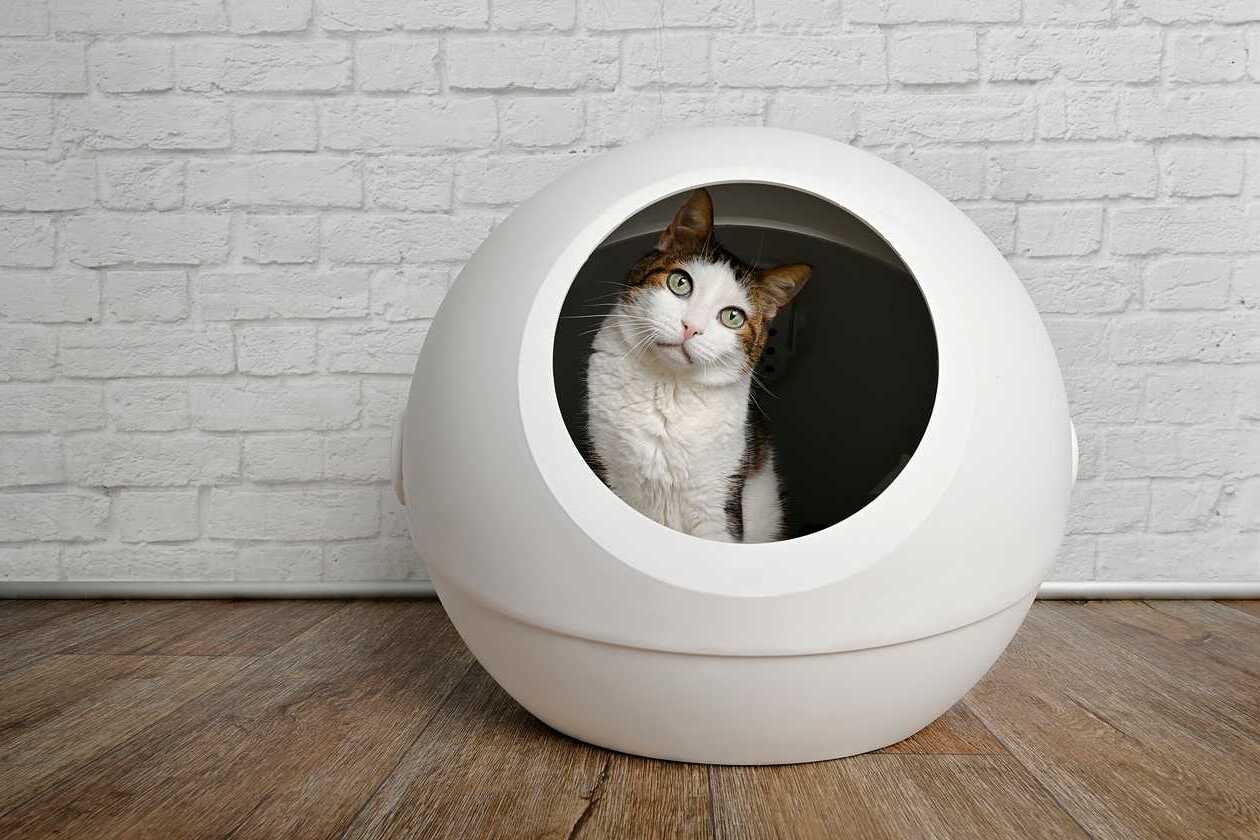
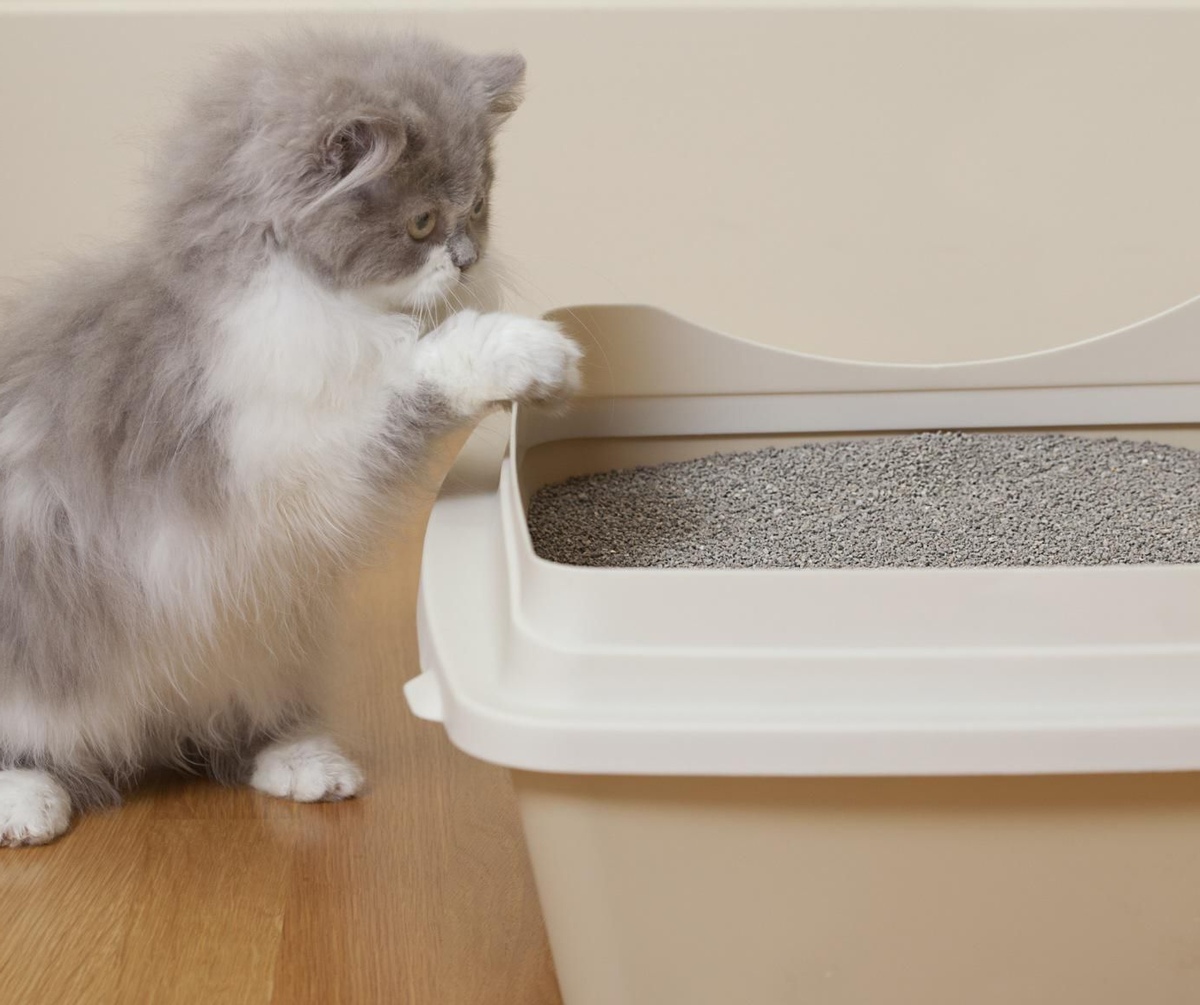
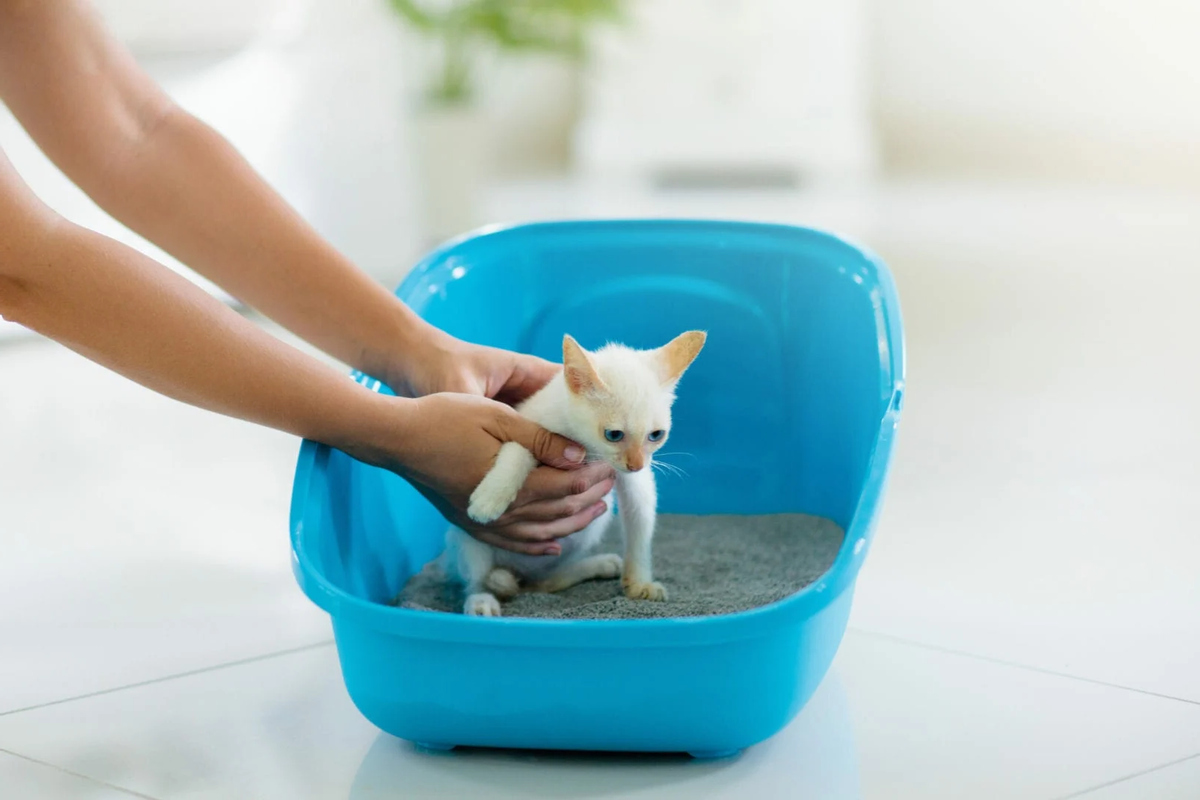
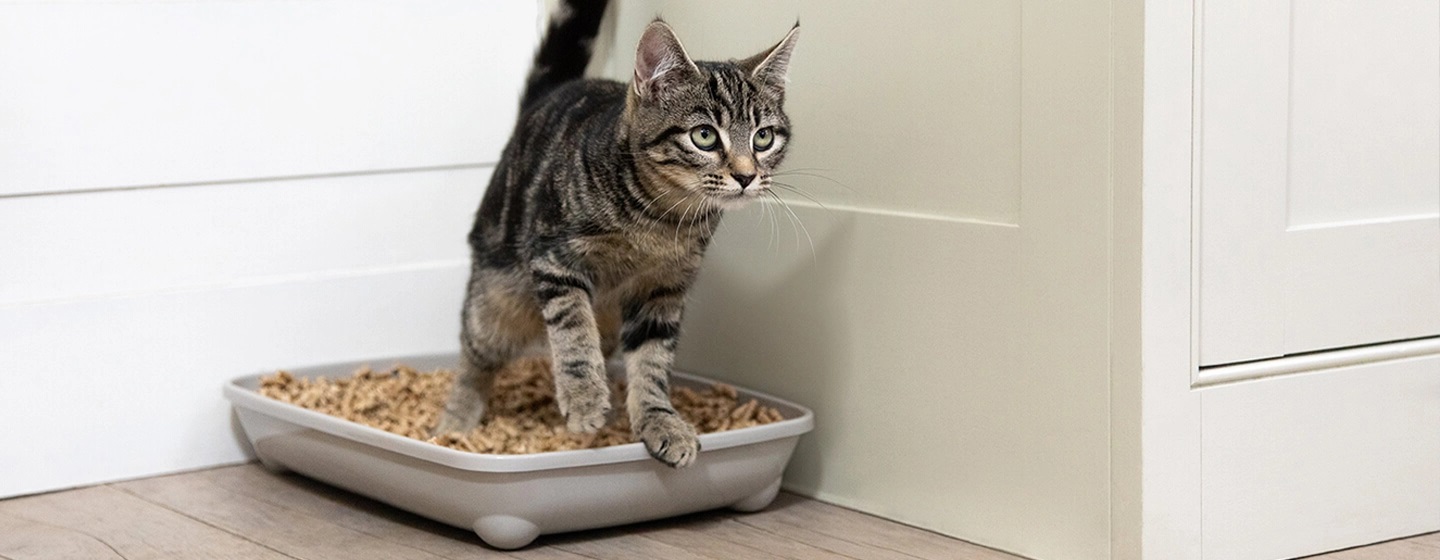
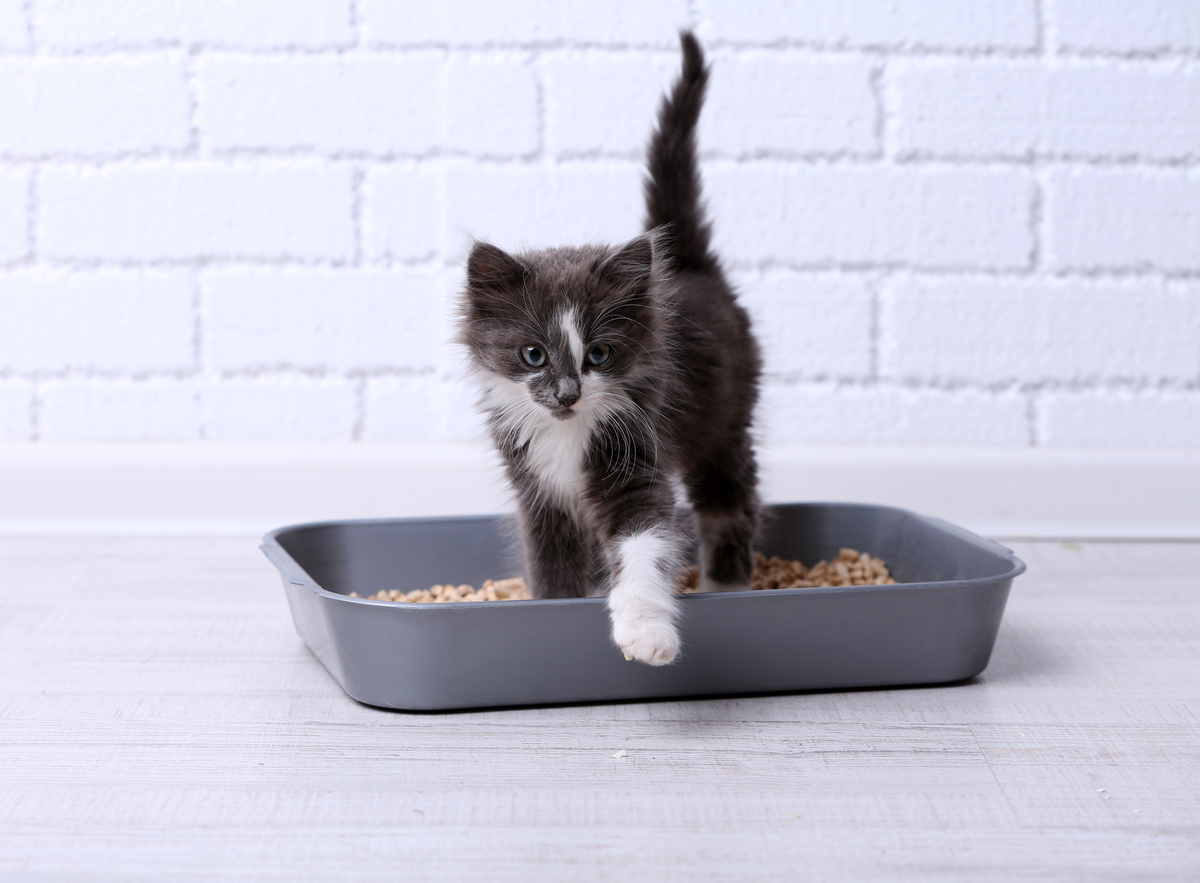
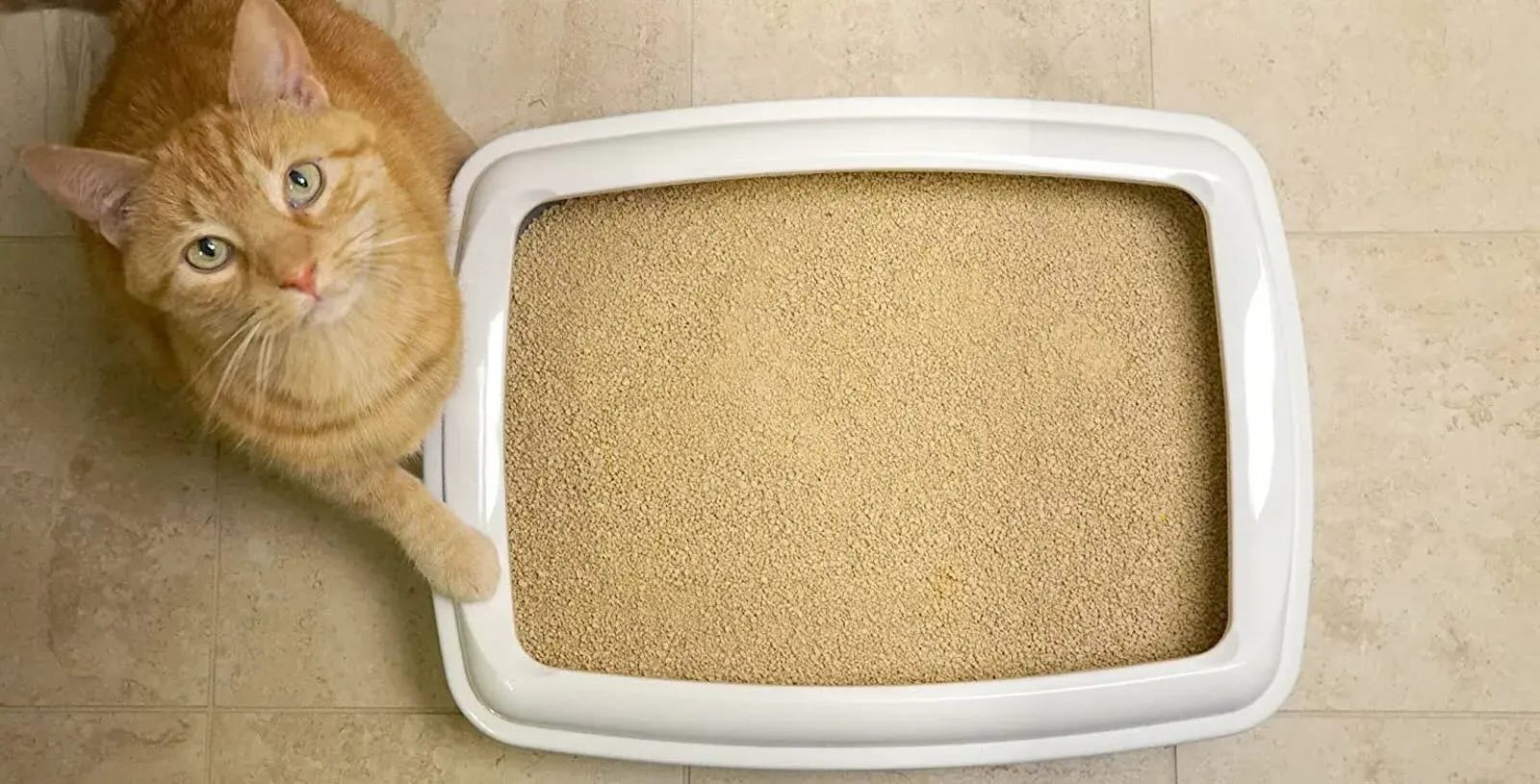
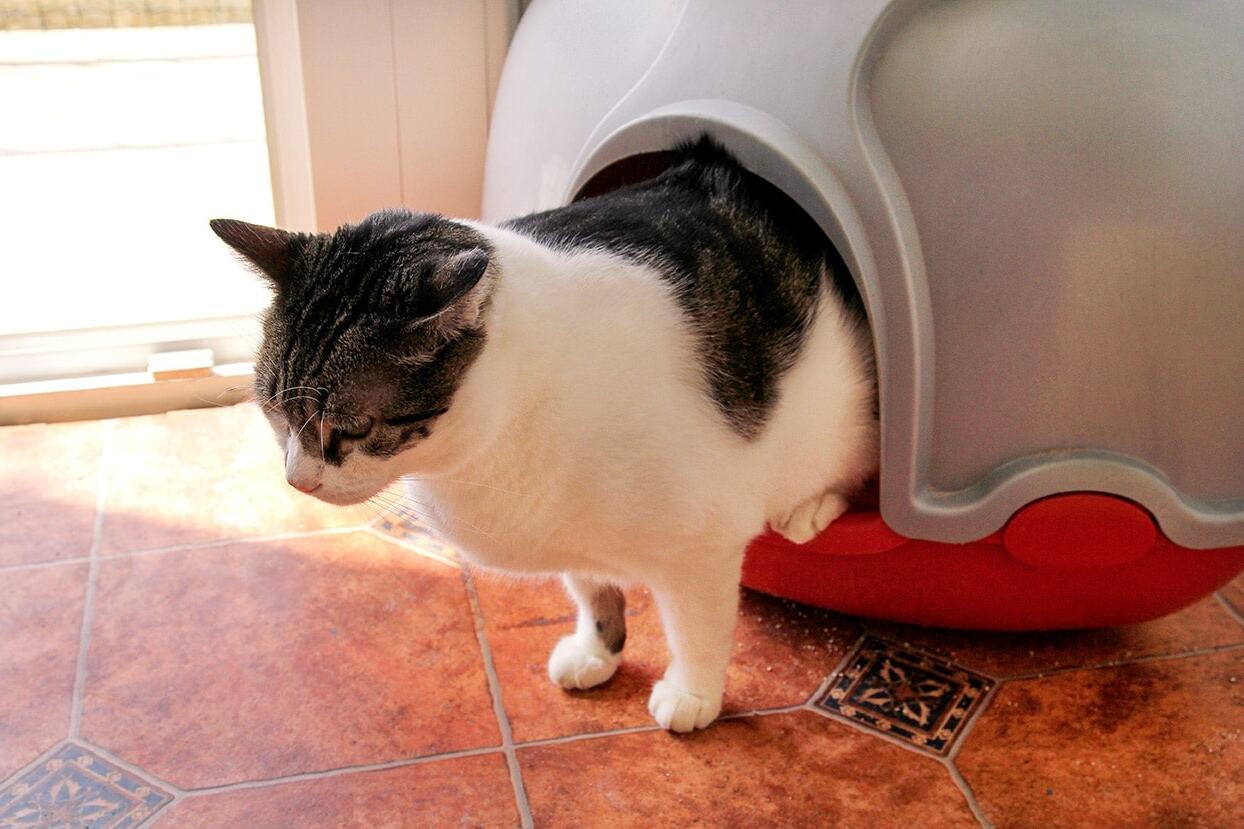
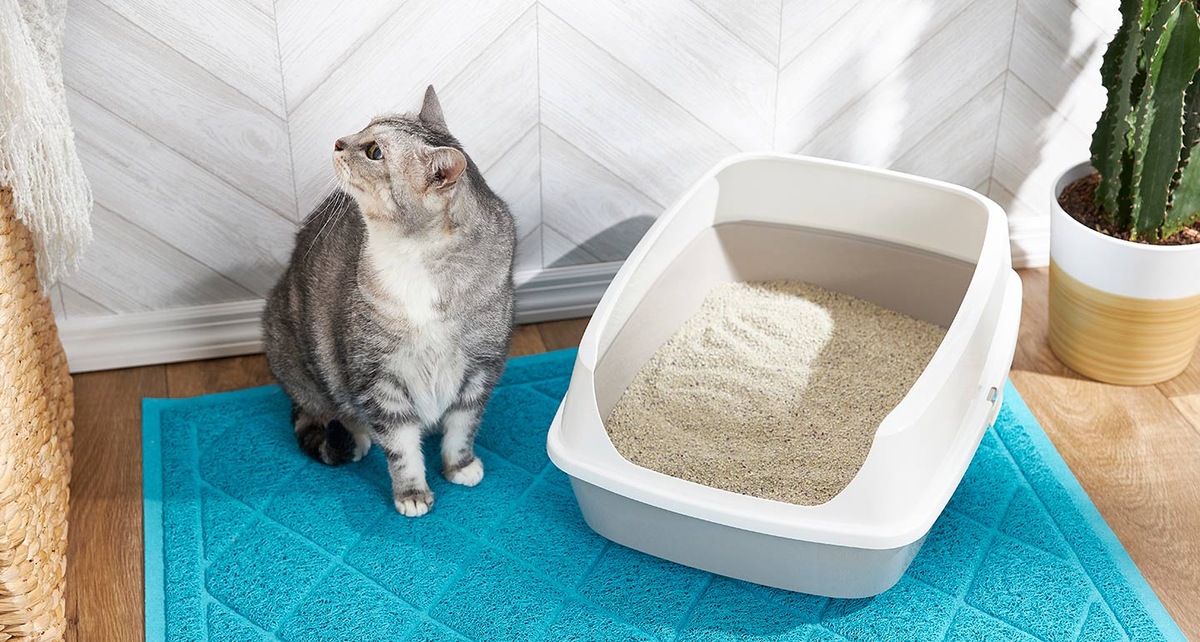
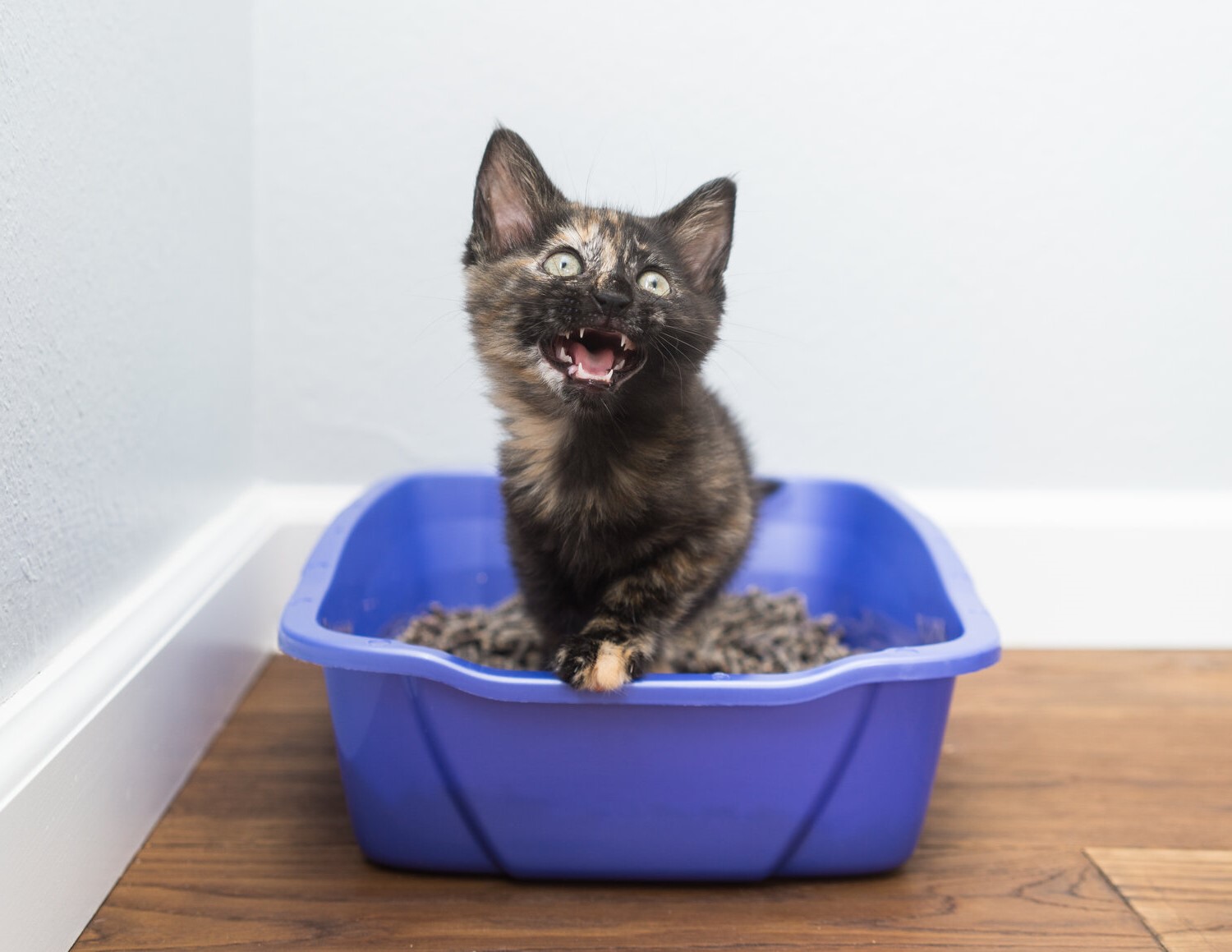
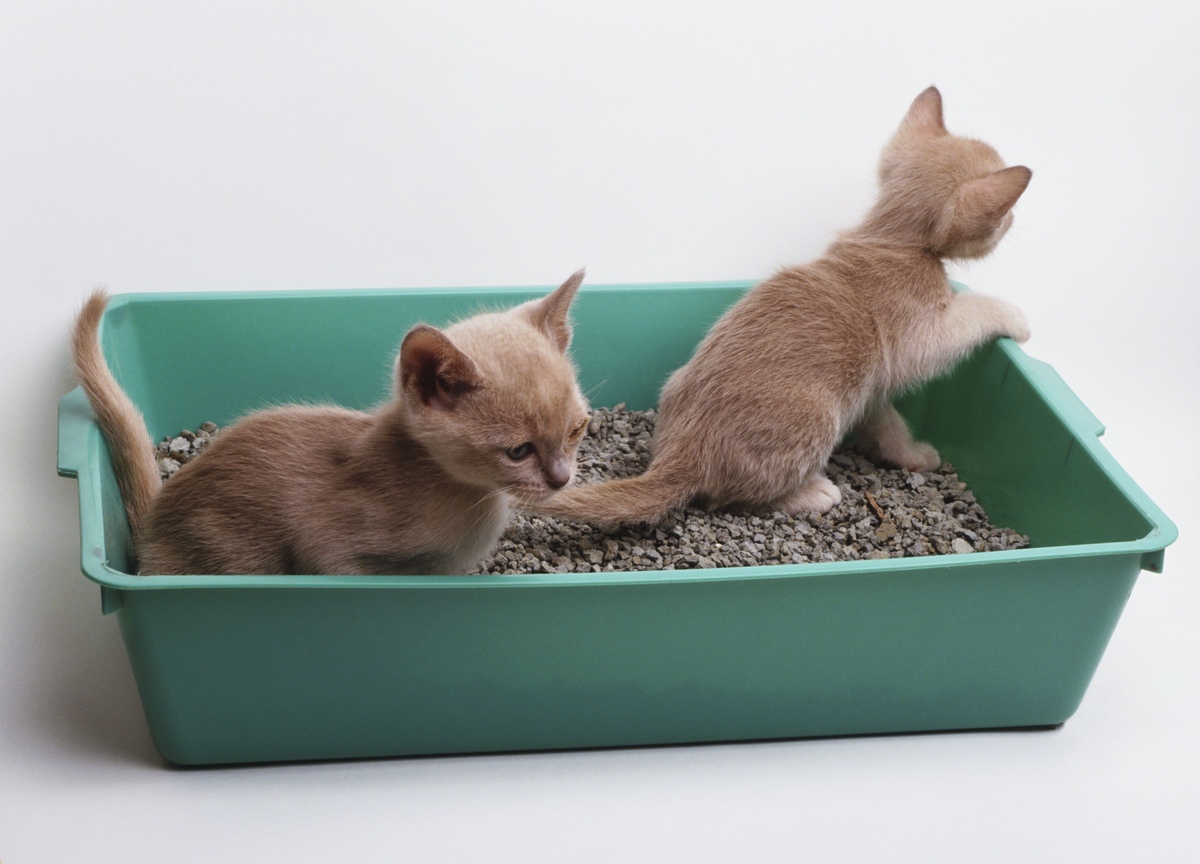
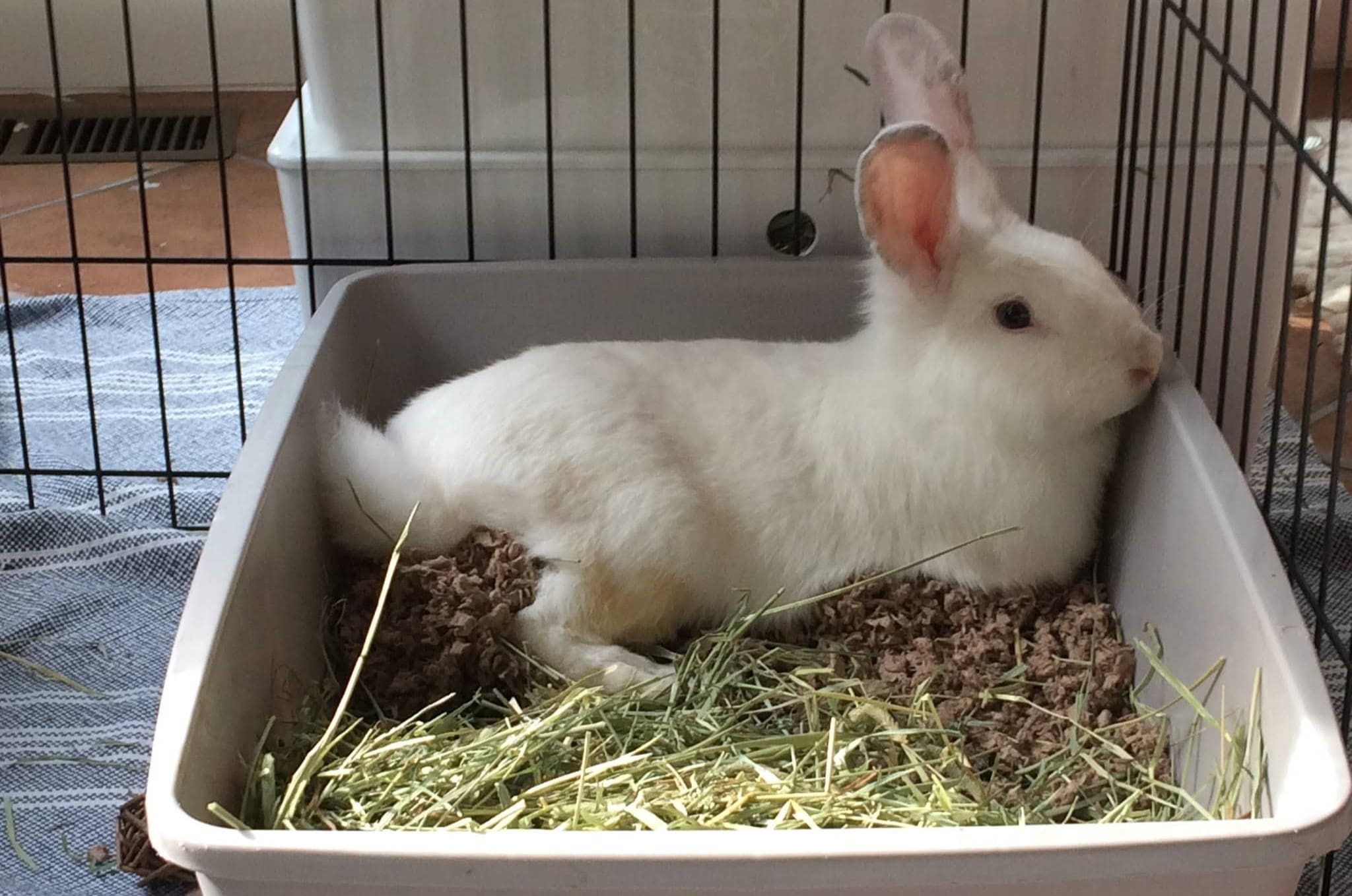
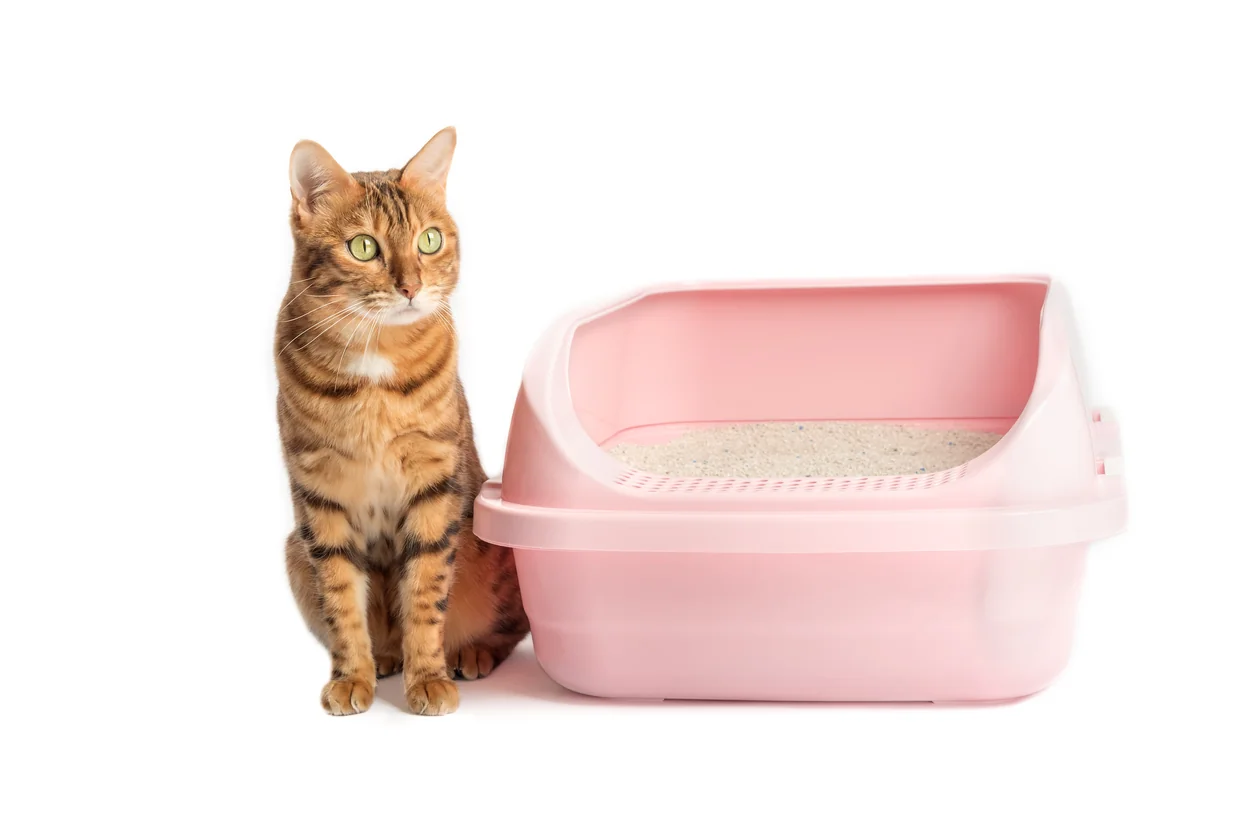
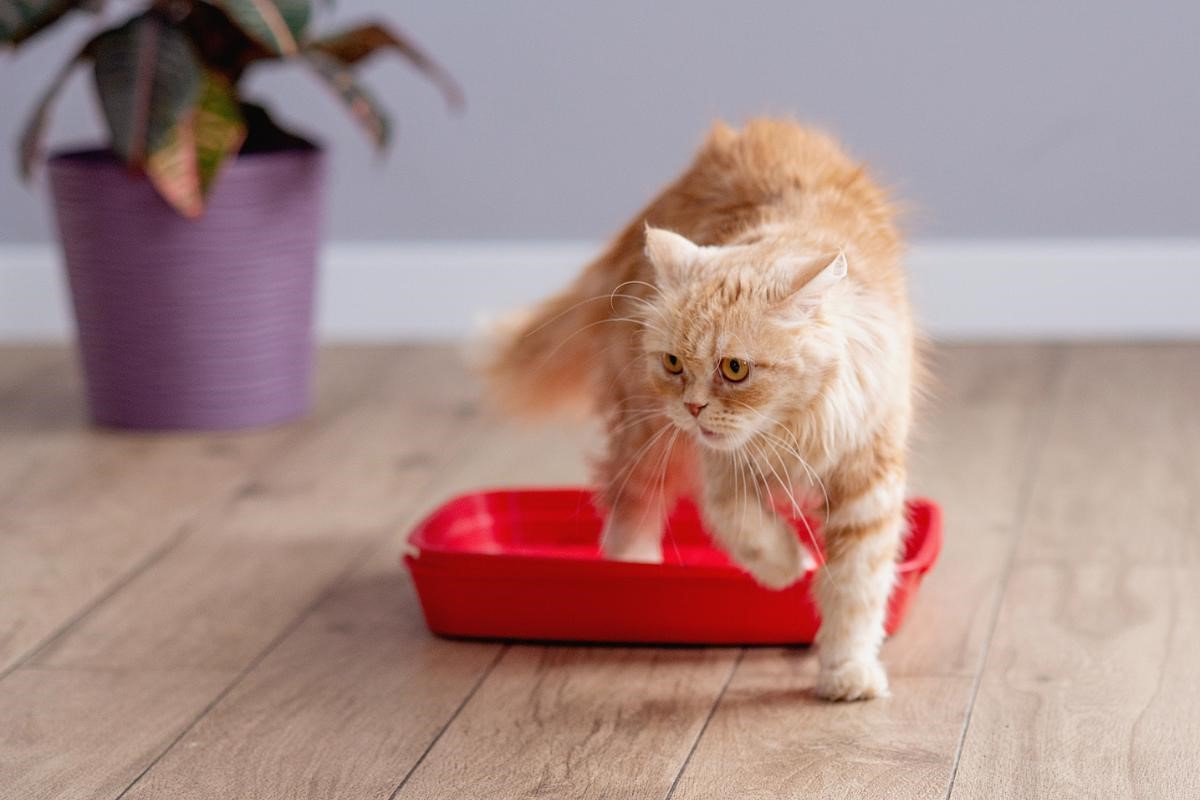
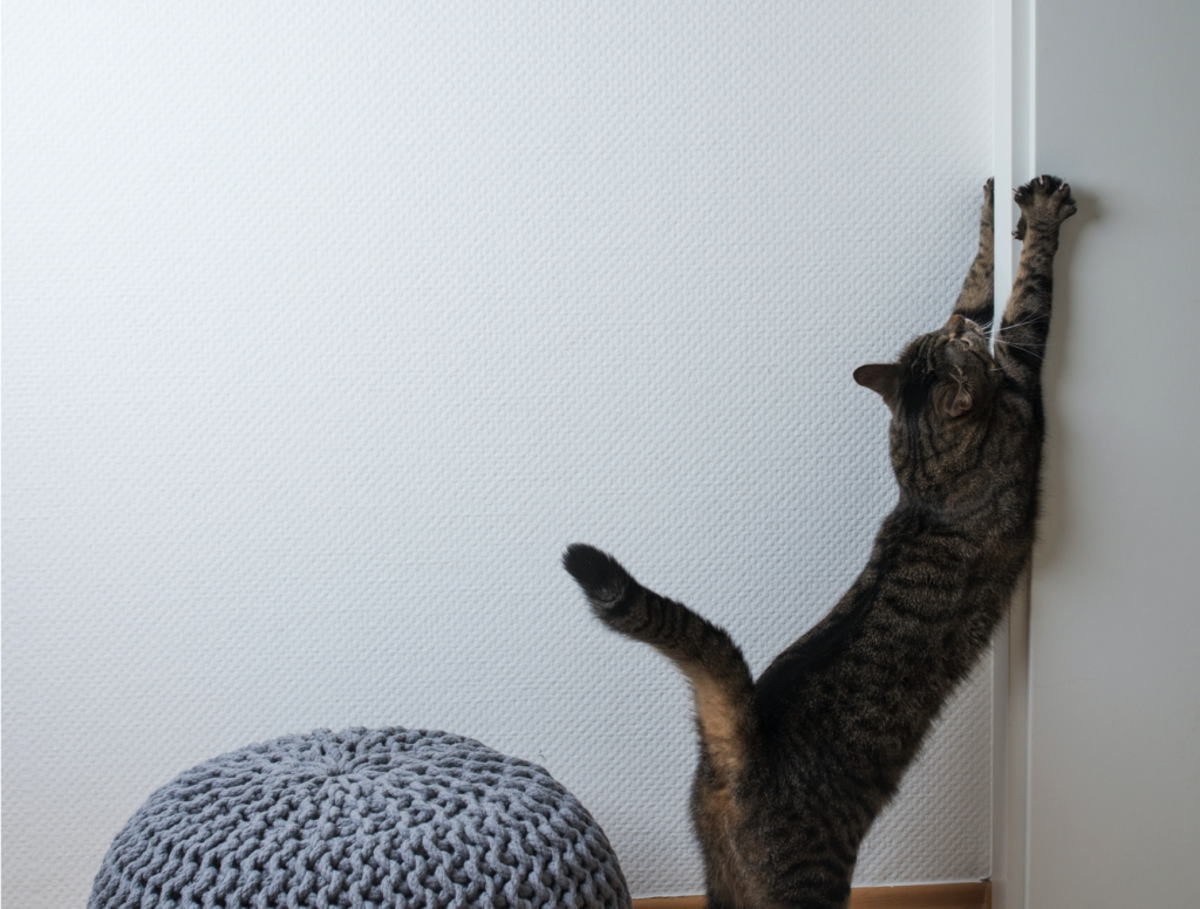

0 thoughts on “Why Do Kittens Meow When Using The Litter Box”